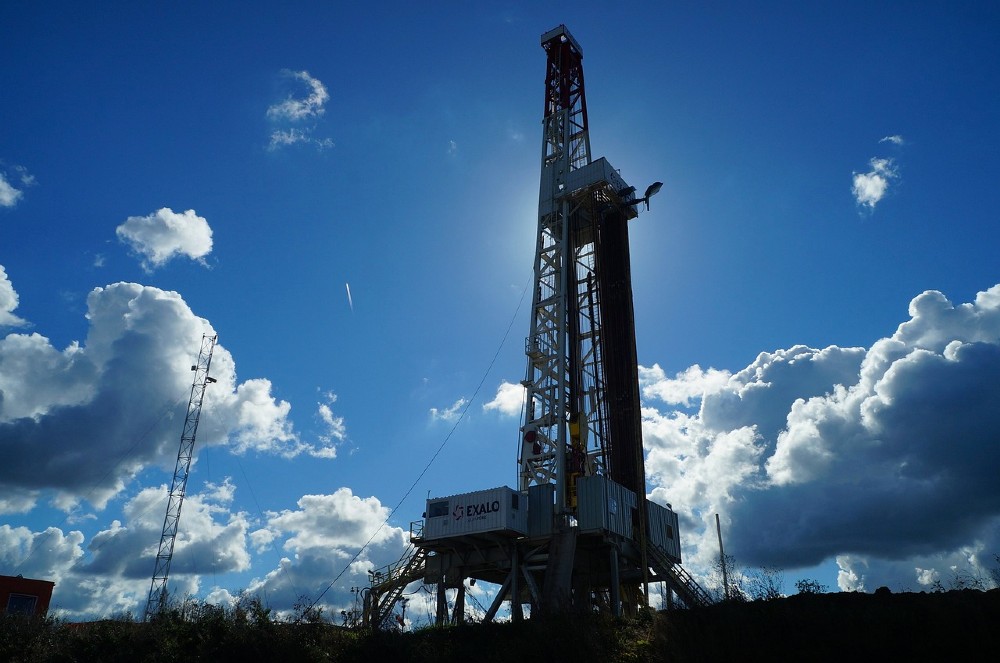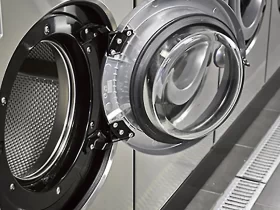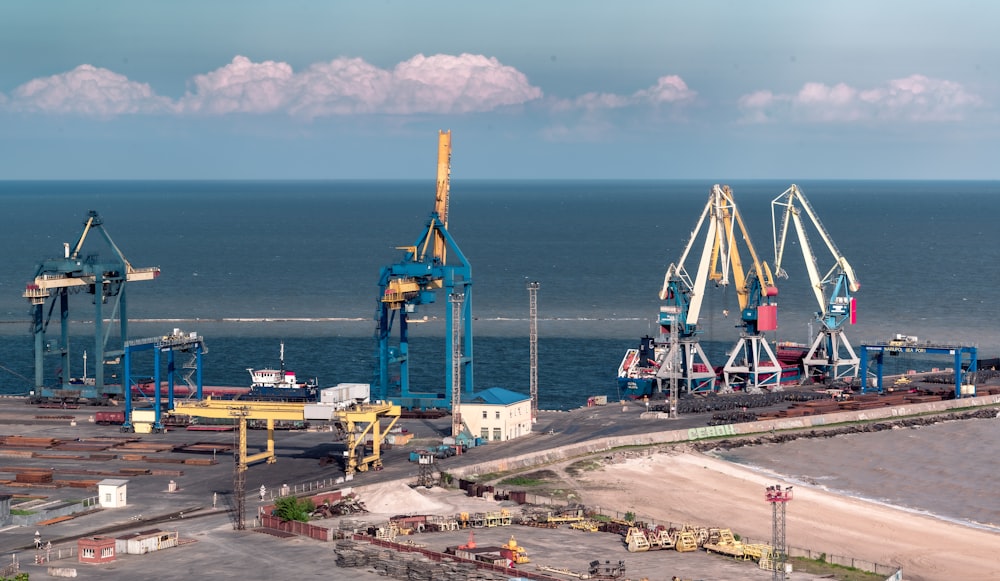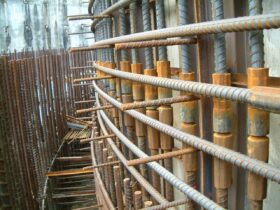Fossil fuel extraction is crucial for the modern world as it heavily relies on oil and gas to power its operations. While the global O&G sector generated over $5 trillion in 2022, the demand for fossil fuels continues to rise invariably.
Research shows that fossil fuels, including coal, oil, and natural gas, contribute to 83 percent of the world’s energy today. However, the alarming impact of climate crises and global warming has caused a stir worldwide, with investors, consumers, businesses, and governments emphasizing the importance of achieving zero emissions by 2050.
While the rising environmental awareness has led to many shifting to renewable energy solutions, the reality is that it’ll take the world decades before it becomes fully carbon-free. Consequently, oil and gas extraction remains highly valuable right now.
To tackle the issue, more and more oil and gas companies are looking for renewable energy solutions that cost-effectively support sustainable oil and gas exploration and extraction. Transforming current energy systems and streamlining high-quality oil and gas solutions that help extract resources from the Earth’s surface more efficiently is easier with CNPS’s extensive range of affordable energy equipment and oil and gas solutions.
Undoubtedly, oil and gas extraction is complex and involves multiple intricate steps. It requires a highly skilled team that is well-trained to use the expensive equipment efficiently to prevent monetary losses, injuries, or casualties. But what’s the process like?
How Do Oil and Gas Extractions Take Place?

To meet the rising demands sustainably, many advanced technological processes, techniques, and equipment have been developed to make the entire process easier and more efficient. The basic method that most O&G companies follow includes exploration, extraction, production, refining, and transportation. However, the extraction phase itself is based on different steps. Let’s look at each step to learn about all of them, one after the other.
Rig Site Preparation
This step involves establishing the aboveground infrastructure, such as building pads, developing access roads to maintain a steady traffic flow to and from the site, and prepping the land for drilling. The entire process from the start to the end, including planning noise barriers judiciously, streamlining safety procedures, designating traffic plans, and monitoring operations to ensure local and state law compliance, is strategized during this phase.
Drilling
After the drill rig is brought to the location and assembled properly, the next step is to drill a well into the ground. Since oil and gas deposits are usually found miles below the surface, exploration companies typically drill a surface hole 100 feet below the deepest-known aquifer. Then a steel casing is used to cement the area to mitigate the risk of pollution.
Then a longer hole is drilled, extending to a depth of over 1000 feet to reach the areas where the oil and gas deposits are trapped. Then the drill is steered horizontally along the same rock bed for about another mile or two. Horizontal drilling is preferred over vertical ones because of its minimal impact aboveground. Horizontal drilling uses a single drill pad but still yields a higher output.
Cementing and Testing
The drill pipe is removed as soon as the target distance is reached so the steel pipe can be pushed further down until it reaches the bottom. Then the well casing is cemented, and rigorous tests are performed to ensure the impermeability of the pipes before the production process begins.
Well Completion
Before drillers tap the gas or oil reserves, experts lower a perforating gun into the ground and fire it into the deepest rock layer of the well. The process creates holes that connect the wellhead to the rock holding the fossil fuel reserves.

Fracking
The open well allows the oil and gas reserves to start flowing. Cutting-edge instruments are used to monitor the data, pressure, and other details in real time.
The fracking fluid, comprising 0.5% chemicals and 99.5% sand and water solution, is pumped through the perforating holes at high pressure to create paper-thin cracks in the shale rock. This unlocks the oil or gas that’s trapped inside.
The cycle is repeated until all the wellbore’s lateral length has been fracked. The process may be done nearly 30 times but typically takes only a few days to complete. Once the fracking process is finished, the production process begins. Gas and oil flow up from the wellbore, after which the fracking fluid is recovered and recycled for future extracting operations.
Land Restoration and Well Abandonment
When all the recovered gas and oil have been produced, the well needs to be permanently plugged to ensure the land is returned to the way it was prior to the drilling operation. The land must be in a state that allows using it safely for other activities. The restoration must be safe for animals, plants, and humans.
Premium Oilfield and Gas Solutionsfor Oil and Gas Extraction
Technology has significantly impacted oil and gas extraction, making the entire process more efficient and effective, allowing operators to save time, reduce operational costs, and minimize environmental impact.
If you’re planning to reap the benefits of environmentally friendly oil and gas extraction and production, browse the oil and gas equipment and solutions offered by CNPS. Serving the oil and gas and renewable energy sectors since 2008, the company offers top-of-the-line EOR technology solutions, cement equipment, oil country tubular goods equipment, mud logging equipment, and oilfield service equipment to companies looking to go green.
The complete energy solutions provider has also acquired a reputation as a leading energy solutions company since then. The high-quality renewable energy solutions include offshore and onshore wind power equipment, geothermal solutions, and non-metallic solutions. Companies can rely on our fiber and fiberglass products, like fiberglass-reinforced pipes and composite pipes, to make their operations more efficient and sustainable.
They’ve also got extensive experience in electronic equipment solutions, like TV and mobile accessories, and new material solutions. Give them a call to find out more.
Schedule a consultation with the expert oil and gas equipment supplier to get tailored products that effectively meet your needs.











